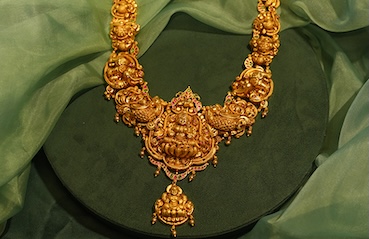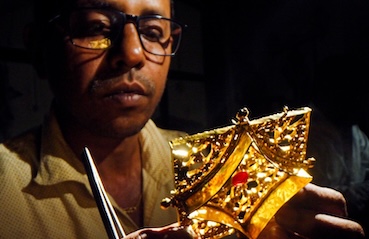Published: 27 Sep 2017
Ambedkar and the gold standard

Over one hundred years ago, a young Indian economist landed in New York on a sunny summer day in July. His name was Babasaheb Ramji Ambedkar.
Known as the father of the Indian Constitution and a leader of Dalits, Ambedkar was also a famous advocate for the gold standard. His stance to promote the gold standard was in opposition to the proposal that India should follow the gold exchange standard, as suggested by John Maynard Keynes, a British economist whose ideas fundamentally changed the theory and practice of macroeconomics and the economic policies of governments in the 20th century.
Babasaheb’s doctoral thesis at the London School of Economics was later published as a book in 1923. It spoke about the management of the rupee under British rule when the government of India was struggling with the falling value of the Indian rupee, which was still against the silver standard. At the time there were widespread debates going on amongst economists and politicians between the comparative merits of the gold standard and the gold exchange standard.
He recalled the efforts of the colonial British regime to demonetise gold and silver, and chronicled the evolution of the Indian currency over the years. He believed that India should embrace a gold standard.
The book also argues that a developing country like India could not afford gold exchange standards, and that it could further cause inflation and price rise. For this reason, he wished that more attention be given to price stability, rather than exchange rate stability.
It was this book – The Problem of the Rupee – that led to the conceptualisation and eventual establishment of the Reserve Bank of India.











